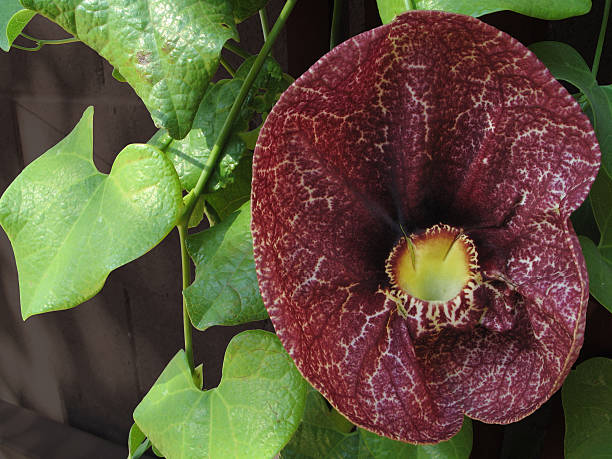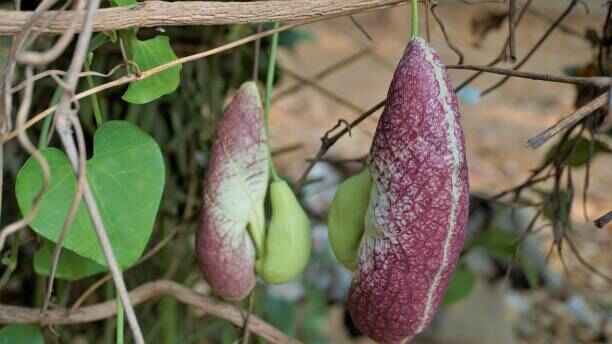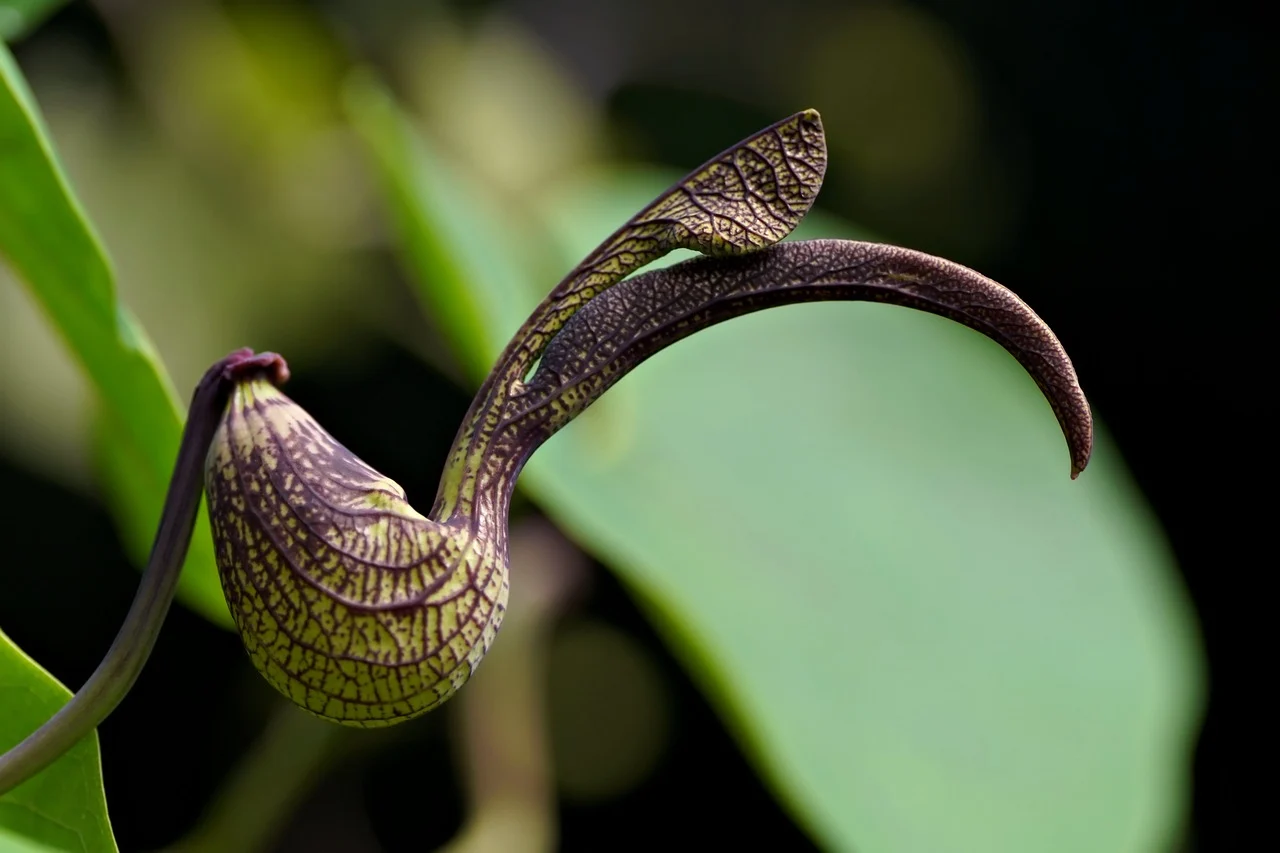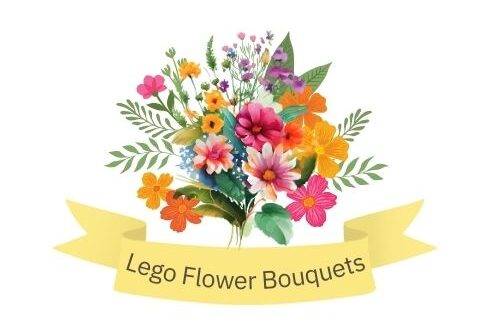Nature is filled with fascinating wonders, and among its quirkiest blooms are duck flowers. These unusual plants grab attention with their unique, duck-like appearance, making them stand out in the plant kingdom. If you’re a plant enthusiast, get ready to discover the charming and odd world of duck flowers. Let’s dive in and explore their captivating features, origins, and the intriguing role they play in nature.
I. The World of Duck Flowers
A. Scientific Classification and Names
Duck flowers, scientifically known as Aristolochia grandiflora, belong to the Aristolochiaceae family. While the name “duck flower” is commonly used due to their shape, their scientific classification links them to other pipevine plants, which also have unusual and distinct blooms.
B. Various Species and Their Distinctive Features
There are a few species of duck flowers around the world, with each variety having its own unique characteristics. The most well-known, Aristolochia grandiflora, is known for its large, heart-shaped petals and an eye-catching, tube-like structure. This quirky bloom has a long throat that attracts insects, helping in pollination.
C. Geographical Distribution and Natural Habitats
Duck flowers are native to Central America and the Caribbean, where they thrive in tropical climates. You’ll often find them growing wild in regions like Jamaica, Costa Rica, and other lush, humid environments. The dense forests and moist riverbanks offer the ideal conditions for their growth.
II. Why They’re Called Duck Flowers
A. Detailed Description of Their Duck-Like Appearance
The reason they’re called duck flowers is simple: their blooms resemble the shape of a duck in full flight! The flower’s long neck and broad, curving petals mirror the form of a duck, making this plant a perfect example of nature’s creativity.
B. Comparison Between Duck Flowers and Actual Ducks
Imagine a duck spreading its wings while gliding over a lake—that’s how a duck flower looks in full bloom. The rounded petals fan out like wings, while the elongated flower tube resembles the neck of a duck. Though the flower doesn’t quack, its shape is almost as endearing as the real bird!
C. Other Animal-Shaped Plants in Nature
Nature has given us more than just duck flowers. Other plants, like the monkey face orchid and the snapdragon flower, also mimic animals in their structure. These unusual shapes add a sense of wonder and humor to the plant world, reminding us of nature’s endless creativity.
III. Identifying Duck Flowers in the Wild
A. Key Characteristics to Look For
When searching for duck flowers, look for their distinct pipe-like throat and large heart-shaped petals. The flowers often display deep purple, red, or brown hues with a veined pattern. Their strong, somewhat musty smell is another giveaway that you’ve found a duck flower.
B. Common Locations and Environments
Duck flowers thrive in humid tropical regions and can be found climbing on trees or bushes. If you’re hiking through a rainforest or exploring a botanical garden in the tropics, keep an eye out for these unusual blooms.
C. Best Times of the Year to Spot Them
The best time to see duck flowers is during the spring and summer months, when they’re in full bloom. Their vibrant colors and unique structure make them a sight to behold during this period.
D. Tips for Photographing Duck Flowers
To capture the beauty of duck flowers, focus on their intricate details. Close-up shots of the flower’s throat and the veining on the petals can highlight their extraordinary appearance. Be sure to photograph them during the early morning or late afternoon when the lighting is soft.
IV. Growing and Caring for Duck Flowers
A. Suitable Climate and Conditions
Duck flowers require a warm, humid climate to thrive. If you live in a tropical or subtropical region, you may be able to grow these plants in your garden. They prefer partial shade and well-drained, moist soil.
B. Planting Instructions
When planting duck flowers, choose a spot with filtered sunlight and rich soil. Start by soaking the seeds in water overnight to soften the shell, then plant them about half an inch deep.
C. Watering and Fertilization Needs
These plants require regular watering to maintain the right level of moisture. However, be cautious not to overwater. Duck flowers also benefit from a balanced fertilizer applied during the growing season.
D. Common Pests and Diseases
Common pests like aphids or spider mites may affect duck flowers. Regularly inspect the plants for any signs of infestation and treat them with organic insecticide if needed. Proper air circulation helps prevent fungal diseases.
V. Cultural Significance and Folklore
A. Stories and Legends Associated with Duck Flowers
In some cultures, the duck flower is considered a symbol of adaptation and change due to its unusual structure and pollination process. In the Caribbean, it is often associated with healing and is used in various traditional remedies.
B. Use in Traditional Medicine or Cuisine (If Applicable)
In Jamaica, duck flowers have been traditionally used as a natural detox. The plant’s parts are believed to help cleanse the body and rid it of toxins, although this should be done with caution and proper knowledge of its effects.
C. Symbolic Meanings in Different Cultures
Duck flowers represent uniqueness and resilience. Their ability to attract insects for pollination, despite their unusual smell, is seen as a symbol of making the most of one’s unique qualities.
VII. Conservation Efforts
A. Current Status of Duck Flower Populations
Duck flowers are not currently endangered, but their habitats face threats from deforestation and climate change. Preserving the tropical forests where they thrive is crucial for their continued survival.
B. Threats to Their Habitats
The primary threats to duck flower populations include habitat destruction and the encroachment of human activities in tropical regions. These factors can lead to the loss of biodiversity and the decline of these unique blooms.
C. Ongoing Conservation Projects
Various conservation projects are underway to protect the tropical rainforests where duck flowers grow. By preserving these habitats, we can ensure that future generations can continue to enjoy these quirky blooms.
D. How Readers Can Contribute to Preservation Efforts
You can help protect duck flowers by supporting sustainable farming practices and donating to conservation organizations that work to preserve rainforests. Additionally, raising awareness about the importance of biodiversity can make a significant impact.
VII. Duck Flowers in Art and Popular Culture
A. Representations in Paintings, Literature, or Films
Duck flowers have inspired many artists and writers due to their odd appearance. Their unusual form has been captured in botanical illustrations, and they often appear in works that explore the beauty of strange and rare plants.
B. Use in Garden Design and Landscaping
Although less common, duck flowers can be used in specialty gardens or tropical-themed landscapes. Their striking appearance makes them a unique addition to any garden.
Conclusion
The world of duck flowers is as fascinating as it is unusual. From their quirky duck-like appearance to their cultural significance, these blooms offer a glimpse into the endless creativity of nature. Whether you’re a plant lover or just curious about the natural world, duck flowers are a delightful reminder that beauty comes in all shapes and forms. Take a moment to appreciate these unique plants, and perhaps even consider growing one in your garden!
Related articles:
- Duck flower detox
- Duck flower benefits
- Duck flower detox dangerous
- Can duck flower kill you
- Duck flower detox pros and cons


